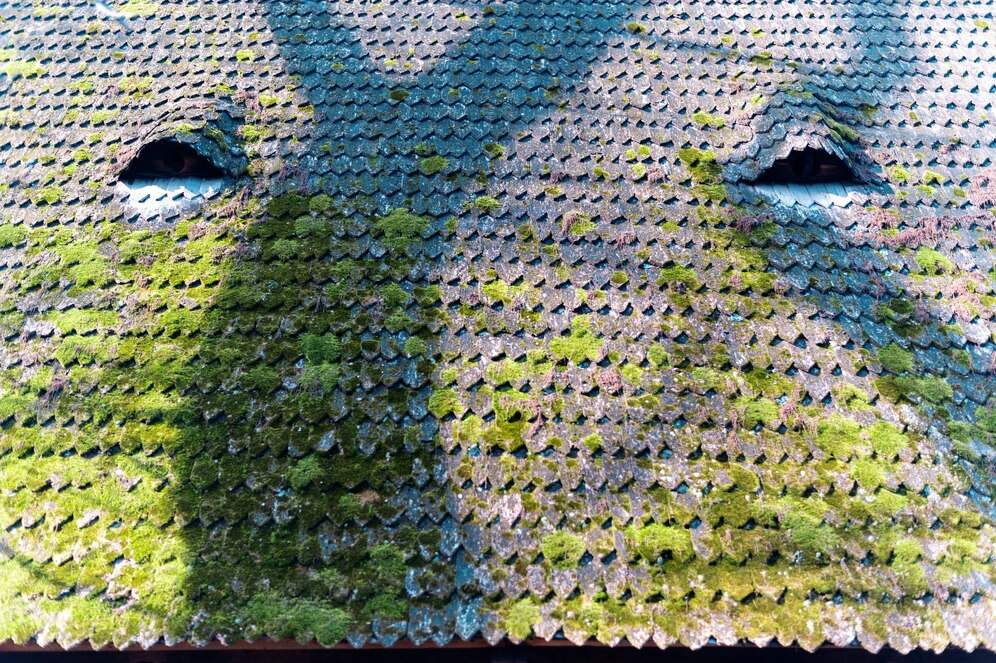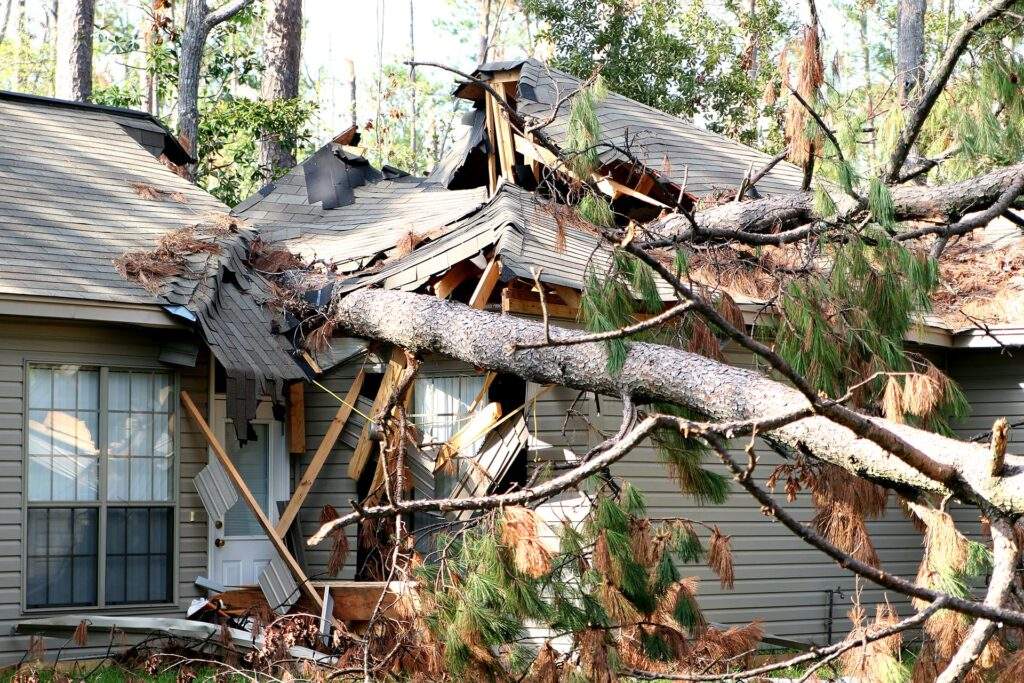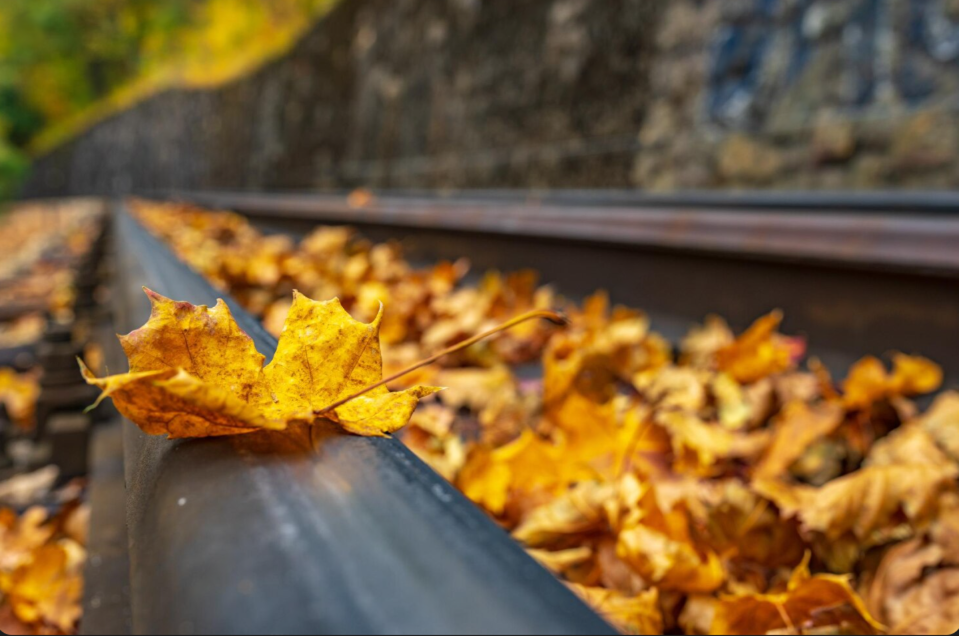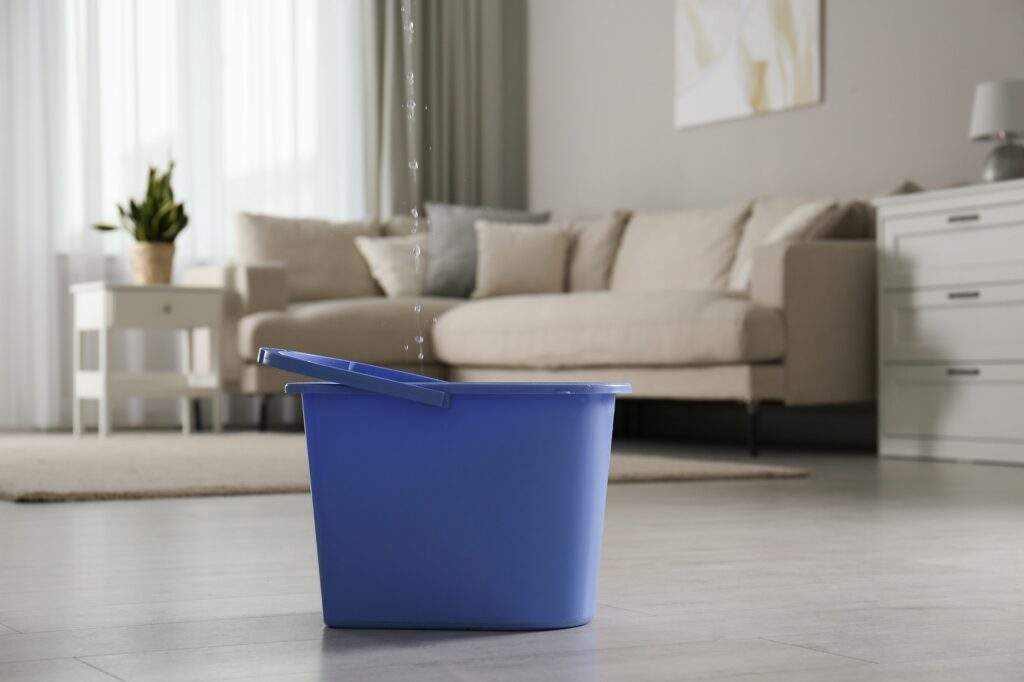Moss on your roof might give your home a rustic, cabin-in-the-woods feel, but in reality, it’s bad news. Left unchecked, moss can trap moisture, damage shingles, and shorten the lifespan of your roof.
However, if you live in the Twin Cities, you also have to think beyond just your home.
Many common moss removal methods involve harsh chemicals that can run off into Minnesota’s lakes and waterways, harming local ecosystems.
So, how do you safely remove moss while protecting the environment?
Here are five proven methods to keep your roof moss-free without polluting Lake Minnetonka, the Mississippi River, or your favorite fishing spot in White Bear Lake.
Key Takeaways
- Many moss killers contain harsh chemicals, but safer methods can protect both your roof and the environment.
- Brushing, homemade solutions, and metal strips help remove moss and stop it from coming back.
- Tree branches and clogged gutters create shady, damp conditions that make moss grow faster.
- Professional roof maintenance is a smart choice for safe moss removal and long-term protection.
5 Proven Methods to Keep Your Roof Moss-Free
While many store-bought moss killers contain harsh chemicals, such as zinc sulfate, that can wash into Minnesota’s lakes and rivers, there are safer, eco-friendly ways to keep moss from coming back.
Here are five proven methods to protect both your roof and the local environment.
Method 1. Use a Gentle Roof Brush
One of the simplest ways to remove moss is by using a soft-bristle brush or broom to gently sweep it away. This method works best if the moss is still in its early stages and hasn’t deeply rooted into the shingles.
To do this safely:
- Choose a dry day when the moss isn’t wet or slippery.
- Start at the top of the roof and work downward to avoid lifting shingles.
- Avoid using wire brushes or pressure washers, as they can damage asphalt shingles.
Since the Twin Cities get plenty of snow and rain, it’s a good idea to check your roof in the spring and fall. If you spot any moss, brushing it off early can prevent larger infestations.
Method 2. Apply a DIY Moss Removal Solution
Instead of using harsh chemicals, try a homemade moss remover that’s safe for the environment. A mix of equal parts water, baking soda, and white vinegar can kill moss without harming nearby plants or waterways.
They can help create an inhospitable environment for moss growth. To apply:
- Mix your chosen solution in a spray bottle or garden sprayer.
- Spray it directly onto the mossy areas, letting it sit for 20-30 minutes.
- Gently scrub with a soft brush and rinse with a garden hose (avoid pressure washers).
If you live near Lake Harriet, White Bear Lake, or any of the Twin Cities’ many lakes, this method is a great way to keep your roof moss-free while protecting local water quality.
Method 3. Install Zinc or Copper Strips
A long-term way to prevent moss regrowth is by installing zinc or copper strips near the roof ridge. When it rains, these metals release ions that naturally inhibit moss growth—without harming the environment.
Homeowners in wooded areas like Minnetonka, Edina, or Maple Grove, where trees provide constant shade, may especially benefit from this solution.
Over time, these strips help keep roofs clear of moss with minimal maintenance.
Method 4. Trim Overhanging Branches
Shady, damp conditions are a moss magnet.
If large tree branches hang over your roof, they can block sunlight and trap moisture, creating the perfect environment for moss to thrive.
To reduce shade and improve airflow:
- Trim back branches that cast heavy shadows on your roof.
- Keep gutters clear of leaves and debris to prevent water buildup.
- If you live near heavily wooded areas like Eagan or Plymouth, consider annual tree maintenance to keep moss at bay.
By allowing more sunlight to reach your roof, you’ll naturally discourage moss growth without using any chemicals.
Method 5. Schedule Professional Roof Maintenance
If moss keeps coming back, or if you’re concerned about damaging your roof while cleaning it, hiring a professional is the safest option. Experienced roofers know how to remove moss without harming your shingles—or the environment.
Roof maintenance is especially important in the Twin Cities, where heavy snowfall can lead to ice dams and excess moisture buildup. Professional services can include:
- Safe moss removal using non-toxic solutions.
- Roof inspections to catch early signs of damage.
- Preventative treatments to stop moss from growing back.
Hiring an expert ensures your roof stays in top shape while keeping Minnesota’s lakes and waterways free from harmful runoff.
Keep Your Roof Moss-Free—The Safe Way
Moss might seem harmless at first, but if left unchecked, it can damage your shingles and lead to costly repairs. While there are plenty of quick-fix chemical treatments out there, many contain ingredients that could end up in our lakes, rivers, and drinking water.
At Allstar Construction, we specialize in eco-friendly roof maintenance that protects both your home and Minnesota’s natural beauty. Whether you need safe moss removal, preventative treatments, or a full roof inspection, our team is here to help.
Call us today at 763-296-7771 for a free estimate and keep your roof in great shape—without harming the environment!



